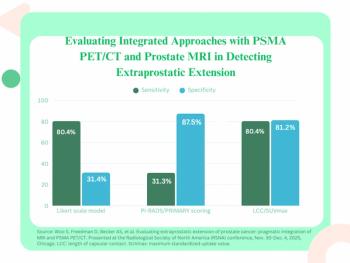
Image Quality When Low-Dose CT Dose Reduced For Extremities
Lower doses of radiation during CT scans for extremities still provide good image quality.
Radiation dose can be reduced by about half for low-dose CT of the extremities for fracture detection, without affecting image quality or diagnostic performance, according to a study published in the
Researchers from Korea sought to evaluate whether multidetector CT with low-dose radiation (low-dose CT) of joints can be useful when evaluating fractures.
The study included CT scans from 398 patients (191 females and 207 males):
• 103 shoulder cases
• 109 wrist cases
• 98 pelvis cases
• 88 ankle cases
The low-dose CTs were performed using identical voltage and parameters with the exception of decreased (half of standard dose) tube current. Low-dose and standard-dose images were compared with regards to objective image quality, subjective evaluation of image quality, and diagnostic performance for the fractures.
The results showed no significant difference of image noise between standard-dose CT and low-dose CT in every joint. Each mean value of subjective score did not show significant difference according to the dosage of the CT scan. There were no statistically significant differences in the sensitivity (96%–100%), specificity (95.2%–100%), or accuracy (97.9%–100%) between standard-dose CT and low-dose CT.
The researchers concluded that the radiation dose for low-dose CT scans could be reduced by about half compared with standard-dose CT, without affecting image quality or diagnostic performance.
Newsletter
Stay at the forefront of radiology with the Diagnostic Imaging newsletter, delivering the latest news, clinical insights, and imaging advancements for today’s radiologists.




























